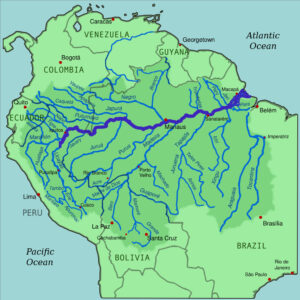
Thomas Carlyle added a fourth floor to 24 Cheyne Way, already a quiet street, so he could have and almost sound proof study. Remarkably that room and the rest of the house are as he left it in the 1880s. Thomas and Jane Carlyle rented the house, but after his death his surviving niece, who was also his caretaker, bought the house back from the owners.
A visit to the house is greatly enhanced by the many anecdotes that the caretaker’s husband has culled from the couples’s writings. Visitors can linger in each room to read excerpts from Thomas and Jane that are displayed on tables. Downstairs Jane relates a story about how she waited up in the room with a maid until the midwife came while her husband retreated upstairs and spent the evening writing.. Upstairs there’s an oil painting of rugged Scottish landscape and with a cottage. Nearby is an account of how he made his wife live there for a year or two when they were first married. She was miserable, and they came back to London. Carlyle had trouble concentrating when there was the least bit of noise, and hence, created a study for himself on the top floor. Here you can stand and look over rooftops of Chelsea, and experience the quiet and solitude he had when he wrote his most famous work, The French Revolution: A History.
Outside there’s a small garden for reflection.
http://www.nationaltrust.org.uk/carlyles-house/ has information on the house and an online link to their letters.
Good for combinging with a trip to the Chelsea Physick Garden, http://www.chelseaphysicgarden.co.uk/a botancial paradise, and west of the Saatchi Gallery at Sloane Square http://www.saatchi-gallery.co.uk/ and King’s Road,. the “Swinging Road of the 1960s,” is a few blocks north.


